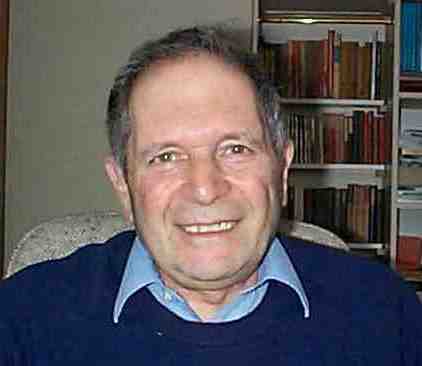 |
by Joe Sinclair
 |
In the days when I co-counselled regularly one of my major concerns with the technique and practice of the activity was based on the observation that practitioners seemed habitually to discharge the same material; frequently they fell into a pattern involving the use of the same words, body language and behaviour, and often re-evaluated the experience in the same or a similar way.
This used to bother me, because if I wanted to regard co-counselling as a self-help therapy, I believed that – to justify the title – it should demonstrate a reasonably lasting therapeutic effect.
Subsequent exposure to other forms of self-help (and even guided) therapy revealed that this chronic behaviour pattern was not unique to co-counselling; this was not particularly reassuring. Nor was the recognition that I was not alone in my concern and that a body of thought in the co-counselling community – and outside – was dedicated to tackling this apparent paradox.
Most systems of self-help (whether aided or not) are based on the interruption of patterns of thought or behaviour. When I interrupt the pattern, I am freeing myself for discharge. But the act of discharge is taking place in present time; my hurt is being arrested in present time; my past distress is being neutralised . . . in present time. Unless I can find a way of avoiding a recurrence of the distress pattern, I am condemned continually to discharge it. I need a formula that will enable me to recognise the pattern in the first place, and to identify what it is that triggers it off.
My personal system of handling the problem has been to combine the techniques of co-counselling with the therapeutic methods of other disciplines. I don’t know how successful this has been, even though I’m quite happy with the results. Perhaps it is for others to determine. But I retain the conviction that the marriage of theory such as that of NLP or TA, the therapeutic methods of, say, yoga or attitudinal healing, with the techniques of co-counselling or gestalt must have more merit than mere repetition of patterns of discharge and/or celebration. My methods involve the use of targetting, goal-setting, action planning, and reprogramming.
Our patterns result from our programming. We can choose to sink in them or try to overcome them. I don’t know of a single self-help therapy which does not place emphasis on choice. “Try contradicting that remark,” is a standard co-counselling intervention. In other words, try choosing the opposite.
So what happens when I direct my targetting towards the exercise of choice? Let’s face it, the only thing I can be sure of changing is my internal experience. I can’t change what others are doing, I can only change my perception of what they are doing to me! This involves the exercise of choice. I can choose to feel that I am being harmed, or I can choose to feel that what someone else is doing, they are doing to themselves, not to me. Only I can do something to me.
The value of my choice process is that I can acknowledge all the ways I can achieve my intentions and choose which way will bring it about. I can thus free myself from my dependence upon my demands being satisfied in order to feel secure, or happy, or at peace.
My action planning consists of establishing my requirements. What are my aims? How will I know when I have attained them? What might I try to do to sabotage? How can I modify them with the exercise of choice? Can I choose different aims? Can I choose to re-evaluate my aims and revalidate myself?
Finally reprogramming. I can look at what I am demanding and recognise that I do not need it – that I already have all I need. I can change my demands in such a way that they can be easily satisfied. I can decide what it is I want to do, how I want to appear to myself, how I want to react to others, how I want to interact with them. I can develop ways in which to feel relaxed: by learning yoga techniques, by deep breathing to rid myself of tension, by teaching myself relaxation techniques, by reprogramming my reactions.
I can learn to ask for what I want rather than remain in fear of what I might be offered. I can choose to ignore those things about myself, others, or situations, which currently snarl me up, immobilise me, feed my addictions, reinforce my distress patterns.
I can choose what I want.
I can choose to be me.
[Originally published In Groupvine Issue 1, No. 1, 1992]
![]()
Biodata:
Joe Sinclair is a published author (9 books; 7 titles); a publisher (6 books); a journalist and an editor (in addition to Nurturing Potential, he has edited Group Relations Bulletin, Groupvine, New Learning, the IPN and DACP newsletters, and SeaCo Confidential. In a past life he has been a company director of several shipping companies both in the UK and overseas, and is still a non-executive director of the Finnish-owned Containerships Ltd. He regularly thinks about retirement - and then gets up the following morning.